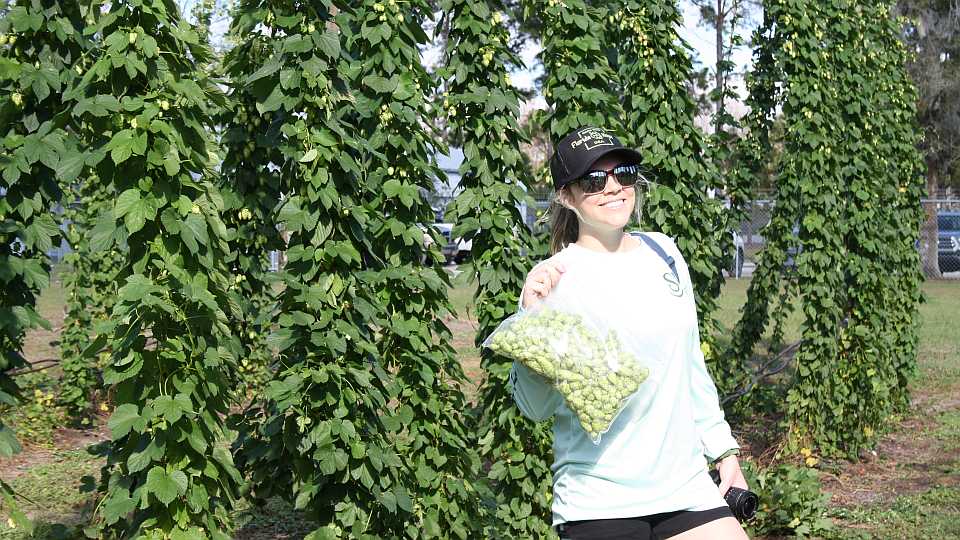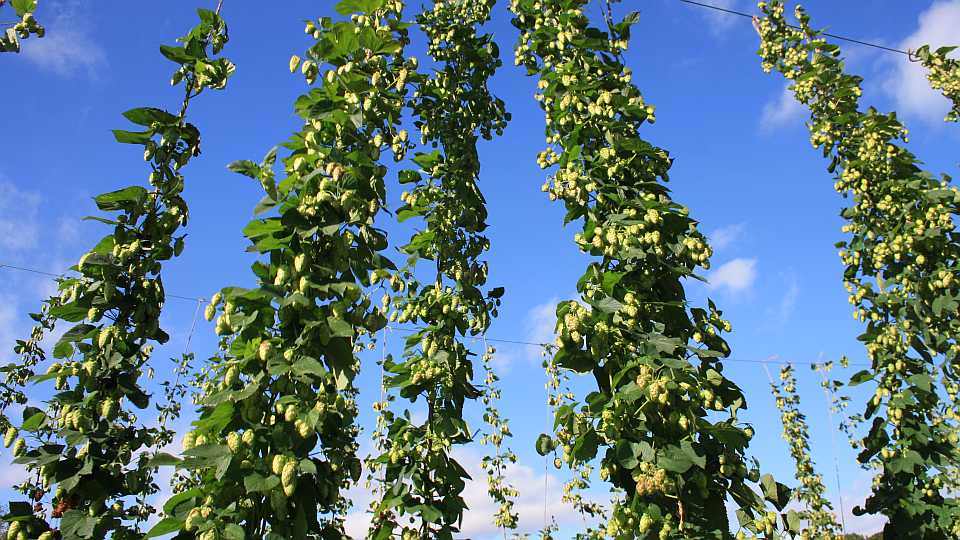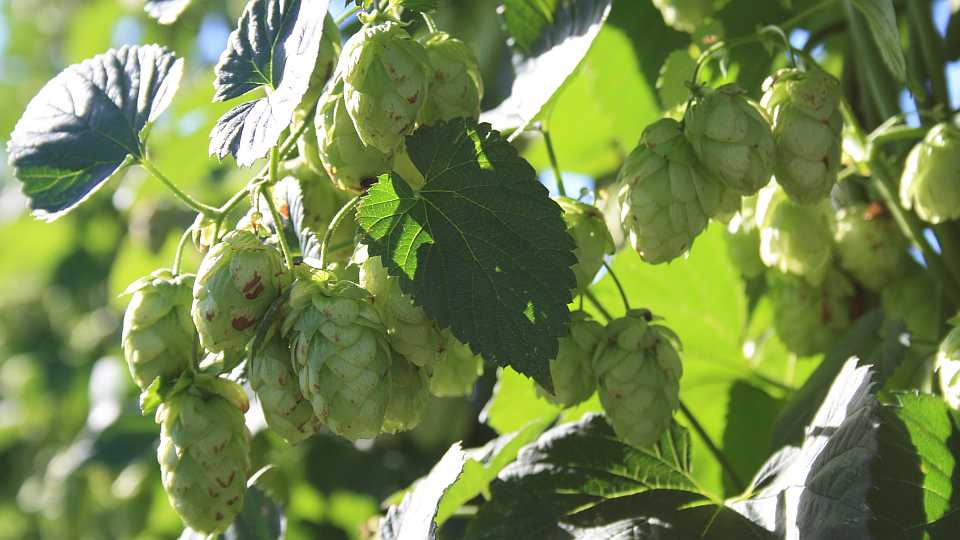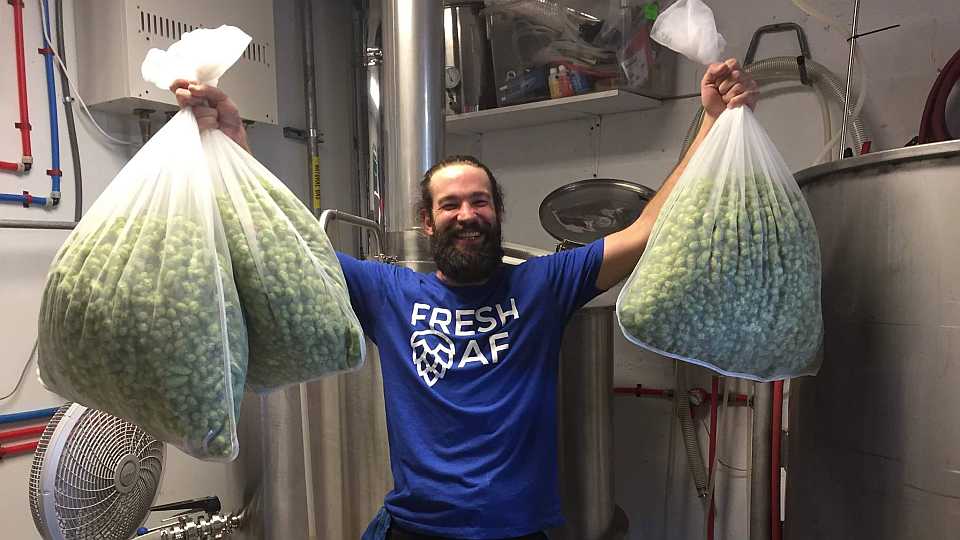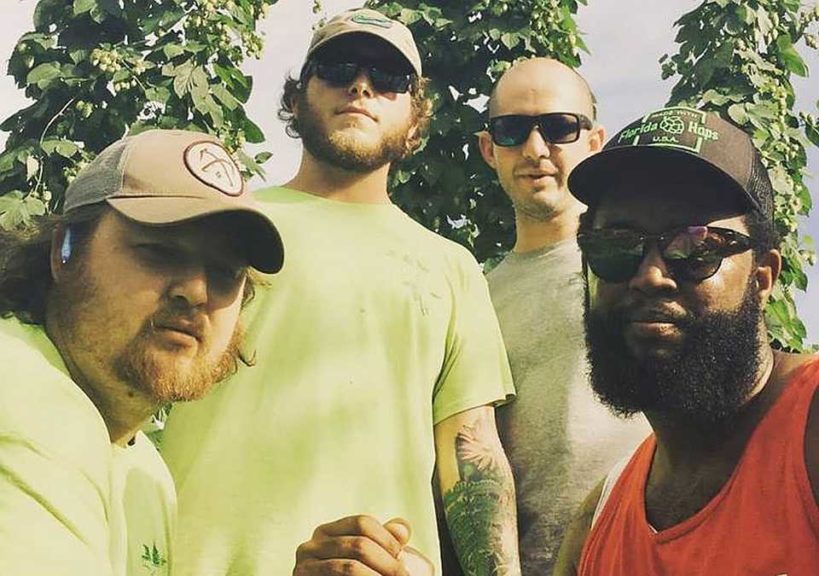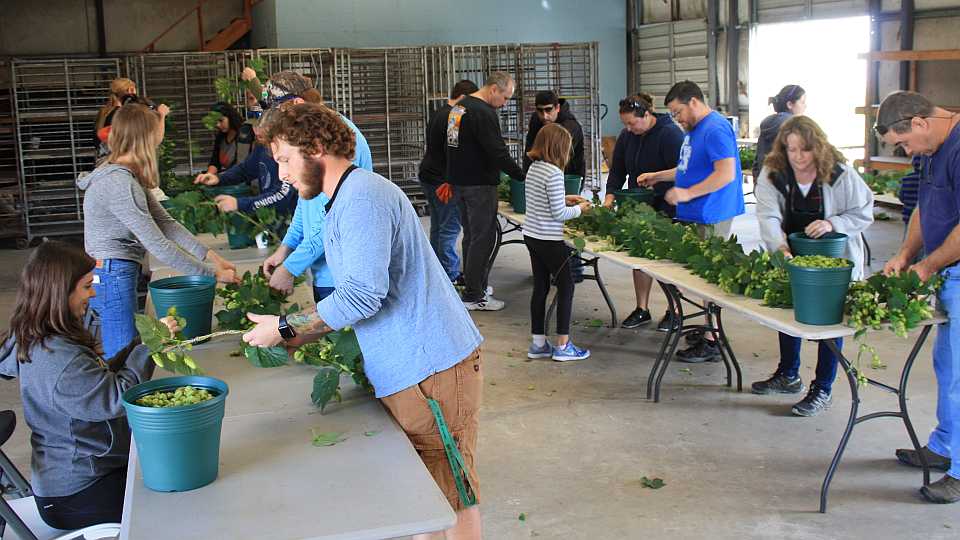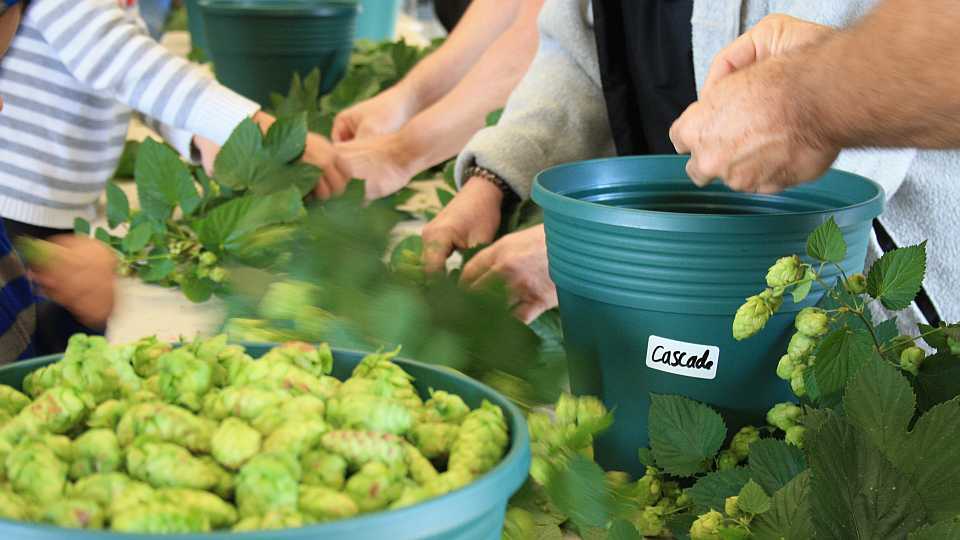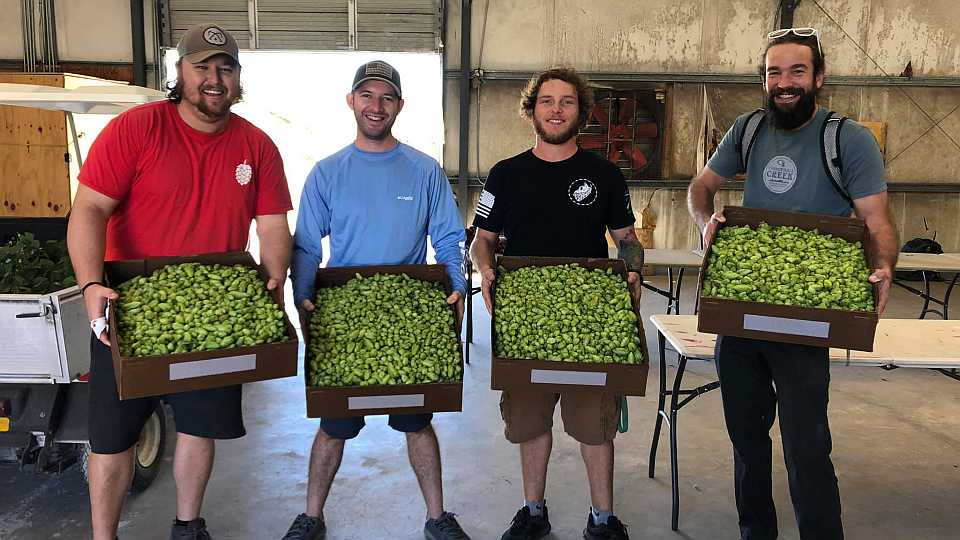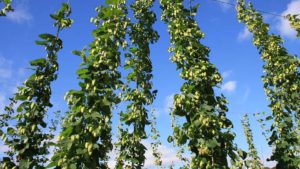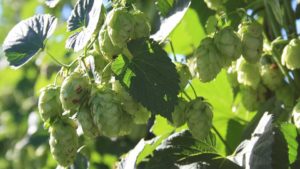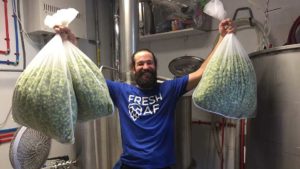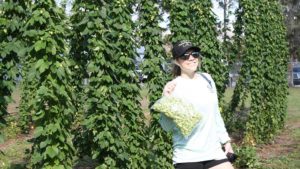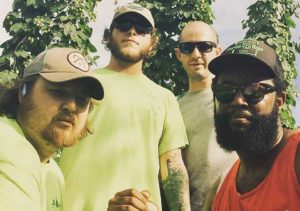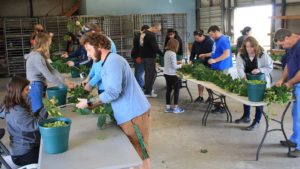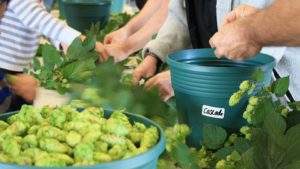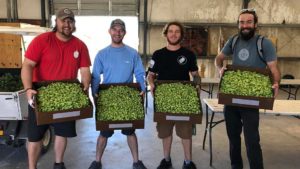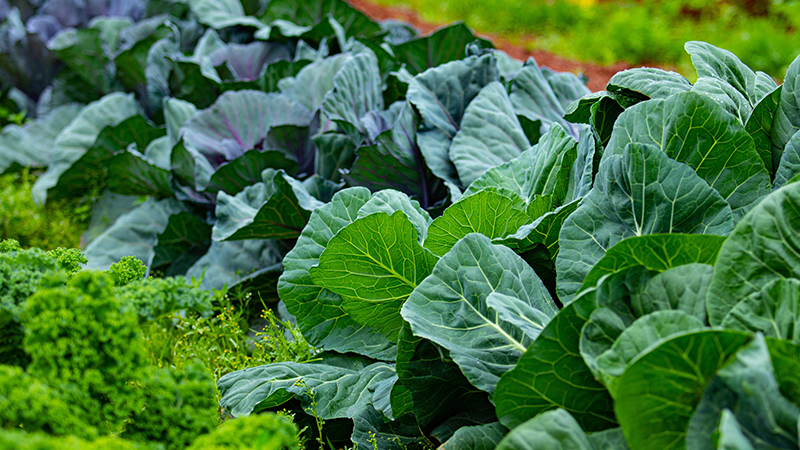Is the Time Right to Double Down on Florida Hops?
Not that long ago, the idea of farm fresh Florida-grown hops was nothing but a fantasy floating at the bottom of a pint glass. Today, excitement around the alternative crop is bubbling over. Professional farmers looking to expand their crop portfolio, researchers, and others are growing and harvesting beer’s signature ingredient in the Sunshine State’s subtropical climate – over and over — in the same year?!
“We’ve been able to show the rest of the country how talented our growers are,” says Richard M. Smith, Founder and Principal Consultant of Orlando-based Florida Hops LLC. “We were able to get two significant harvests from these plants within the same year — an entirely new concept for global hop production. We’re changing the idea of hops in Florida and enhancing production capacity.”
With the increase of production, getting the crop to brewers that can use them unprocessed can be a challenge.
“Processing is one of the factors we will focus on for 2019,” Smith adds.
While most hops are still primarily used for beer production, Smith believes showcasing the crop’s versatility and vitality will help secure it to Florida’s agricultural future.
“We’ve been diligent in showing the multiplicity of the crop beyond the craft beer market,” he says. “There’s been an uptick in fresh hop usage by kombucha brewers across the state; local florists have been filling more request for hops in floral arrangements; health and beauty companies are interested in using locally grown hops; and we’ve even helped launch new products like the yaupon and hop tea blend, as well as hopped coffee cold brews.”
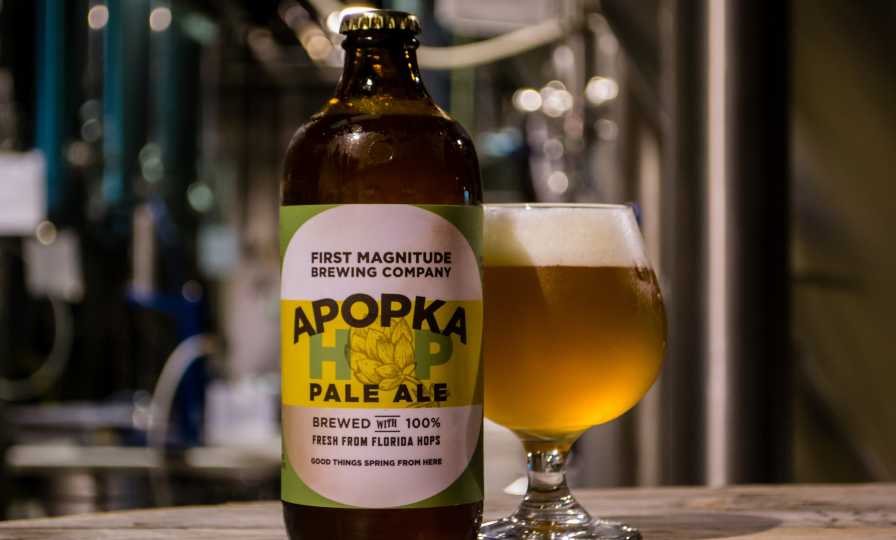
Special batches of craft beer sporting locally grown ingredients can bring brisk business to breweries.
Photo courtesy of First Magnitude Brewing Co.
Standing up and Standing out
No doubt, Florida-grown hops have been a big hit with local brewers who are lucky enough to get their hands on them.
“Hops grown in Florida offer not only new tastes and aromas, but a whole new experience,” Smith says. “For brewers, it allows an opportunity to brew with wet whole-cone hops — something that until now had never been done in Florida and is mainly attributed to the crop’s scarcity in this region.”
Wet hops can be used in any style, adding a complexity you can’t find with other hop products, Smith explains. But more than just boasting a distinct product, having access to locally grown, fresh hops is fueling a new culture, which in turn is driving business.
“Florida’s craft beer scene is growing, and we’re getting to be recognized around the world for our different beer styles, but rarely has a Floridian had a wet-hopped beer,” Smith says. “In that way, we’re supplementing the brewery’s lineup and getting more people into their tap rooms to try these new beers.”
Though the Florida hops movement is still in its infancy, there have been several evolving factors that have caught Smith’s attention. The first is social media impact.
“Many social media influencers, often with tens of thousands of followers, have dedicated several posts to their hopyard visits,” Smith points out. “The photos and write-ups they shared really help spread the word about hops in Florida. Essentially, hopyards have found an additional niche in being a specific destination for craft beer lovers.”
The other element of surprise for Smith is one of global proportions.
“I’ve had increasingly more contact with people interested in hop production in areas such as Central and South America, Nigeria, Australia, China, Spain, Italy, and even Tibet,” Smith says. “The interest into growing hops is spreading all around the world, but access to information is significantly challenging for some areas. Most places are learning that available information is not applicable to their production environment, just as I learned when I first began this work in 2013. But because of the subtropical environment we find ourselves in and how strongly we go against traditional ideals for hop production, we seemed to have inspired people all over the world to grow hops and drink better beer.”
On the Front Burner
Establishing hop production in Florida is one thing. Taking any alternative crop to the next level of larger commercial success is another. Advancements in research addressing increased yields and plant health also are helping pave the way for new possibilities. Smith and his colleagues are beaming about prospects beyond basic production principles.
“Introduction of a new variety bred and born in Florida is something Florida Hops LLC has been working on for little more than a year now,” Smith admits. “We’re looking to maintain the double harvest potential of the crop. That’s something that really sets Florida apart from traditional production. With the help of DNA sequencing and genetic markers, we’ll find crosses with desired traits such as strong growth, pest and disease resistance, cone shape and size, and most importantly, attractive hop profiles much quicker than traditionally done.”
Next Steps
Regardless of all the progress being made in yield production, and even new variety development, the lack of processing infrastructure in Florida and increased knowledge of postharvest activities still pose massive barriers to entry for the budding industry.
“Once we can establish appropriate processing techniques and acquire the right equipment, growers will be able to comfortably expand their small fields into 5 to 10 acres of production,” he says. “Beyond the near $30,000 per acre it takes to establish a hopyard, a grower also would need processing equipment for an additional $75,000 easy.”
The cost calculation is what spurred Florida Hops LLC to partner with USDA and the Florida Brewer’s Guild in applying for the Specialty Crop Block Grant Program through the Florida Department of Agriculture and Consumer Services grant to develop those postharvest and processing activities.
“We would essentially share this equipment among growers, which also would allow us to establish an association for growers to share knowledge and experience in production,” Smith says. “With these practices in place, supplemented by increasing yields and varietal development, we will be able to deliver a more consistent product that can better compete on cost, not just in Florida’s marketplace.”
So, are Florida hops here to stay? Smith is confident in the crop’s long-term outlook.
“There’s no question we’ve broken the mold on traditional hop production,” he exclaims. “In doing so, we’ve exposed people to new ideas and greater possibilities, even with the potential of producing hops year-round. And as this industry develops and we better understand this crop in our environment, there will be no turning back. It was common to say we couldn’t grow hops in Florida. I don’t think you’ll ever hear that again.”




